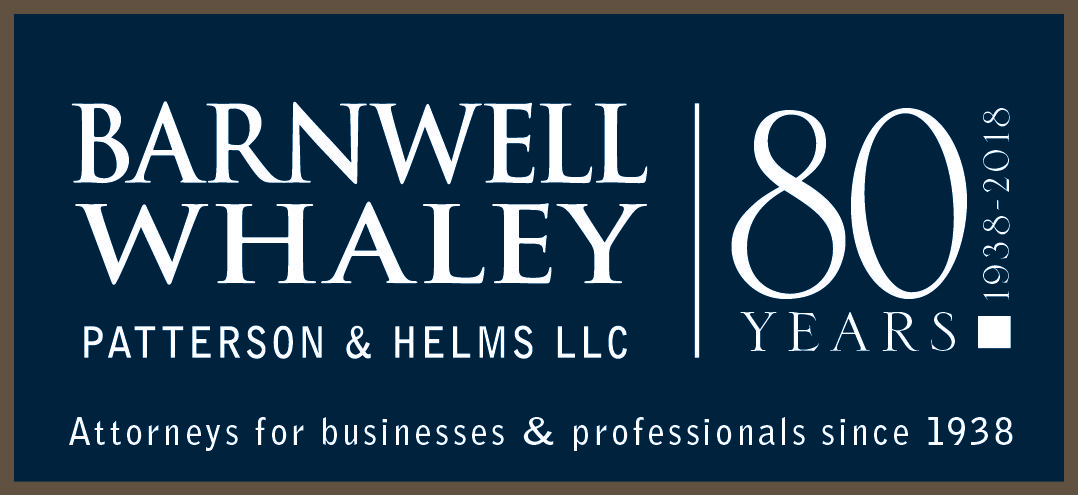
Novartis AG v. Noven Pharmaceuticals Inc.
No. 2016-1678, -1679 Fed. Cir. Apr. 4, 2017
Opinion by Circuit Judge Wallach with Chief Judge Prost and Circuit Judge Stoll
Editors note: The instant appeals concern inter partes reviews of U.S. Patent Nos. 6,316,023 (“the ’023 patent”) and 6,335,031 (“the ’031 patent”) (together, “the Patents-in-Suit”).
The United States Court of Appeals for the Federal Circuit (Federal Circuit) affirmed the Patent Trial and Appeal Board’s (“PTAB”) finding that various claims of Novartis’s patents “would have been obvious over the prior art.” The PTAB reached different conclusions than the Federal Circuit and the U.S. District Court for the District of Delaware, which both found the claims to be nonobvious in prior opinions.
The Court rejected Novartis argument that the prior opinions “addressed the ‘same’ arguments and the ‘same’
evidence,” stating the record before the Court “differed from that in the prior litigation.” The Court went on to state that “[i] t is unsurprising that different records may lead to different findings and conclusions.”
Noting that “even if the record were the same, Novartis’s argument would fail as a matter of law” since the evidentiary
standard in an inter-partes review is preponderance of the evidence (35 U.S.C. § 316(e)) rather than clear and convincing evidence as required in district court litigation. According to the opinion, this means “that the PTAB properly may reach a different conclusion based on the same evidence.” The Court quoted Cuozzo Speed Techs., LLC v. Lee, 136 S. Ct. 2131, 2146 (2016), to conclude that such position comports with recent Supreme Court precedent:
[a] district court may find a patent claim to be valid,
and the [USPTO] may later cancel that claim in its own review.
. . . This possibility, however, has long been present in our patent
system, which provides different tracks—one in the [USPTO]
and one in the courts—for the review and adjudication of
patent claims. As we have explained . . . , inter partes review
imposes a different burden of proof on the challenger. These
different evidentiary burdens mean that the possibility of
inconsistent results is inherent to Congress’[s] regulatory design.
(The Court reiterated in the opinion that obviousness “is a question of law based on underlying findings of fact.”
As commentators have noted, evidentiary standards do not apply to questions of law. This point was not addressed by the Court.)
The Court agreed with Novartis that part of the obviousness inquiry is considering whether a PHOSITA
would have been motivated to combine the prior art to achieve the claimed invention. However, the Court disagreed
with Novartis’s contention that substantial evidence did not support “several of the PTAB’s factual findings regarding the motivation to combine.”
Read more: Federal Bar member attorneys may access the full case summary by Barnwell Whaley attorney Bill Killough in the May 2017 issue of Federal Circuit Case Digest. https://www.fedcirbar.org/IntegralSource/Case-Digest
Additionally, you may read the full opinion here.
B.C. “Bill” Killough is a registered patent attorney with Barnwell Whaley law firm with offices in Charleston, SC and Wilmington, NC. On behalf of his clients, Bill has obtained more than 275 United States patents, participated in prosecuting more than 100 foreign patent applications and he has filed more than 1000 trademark applications with the US Patent and Trademark Offices.




